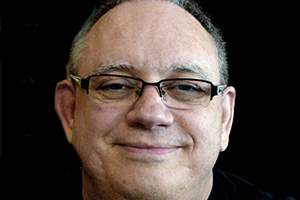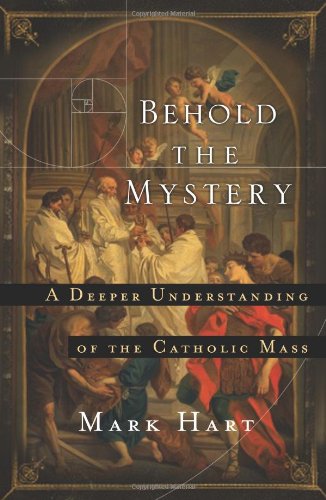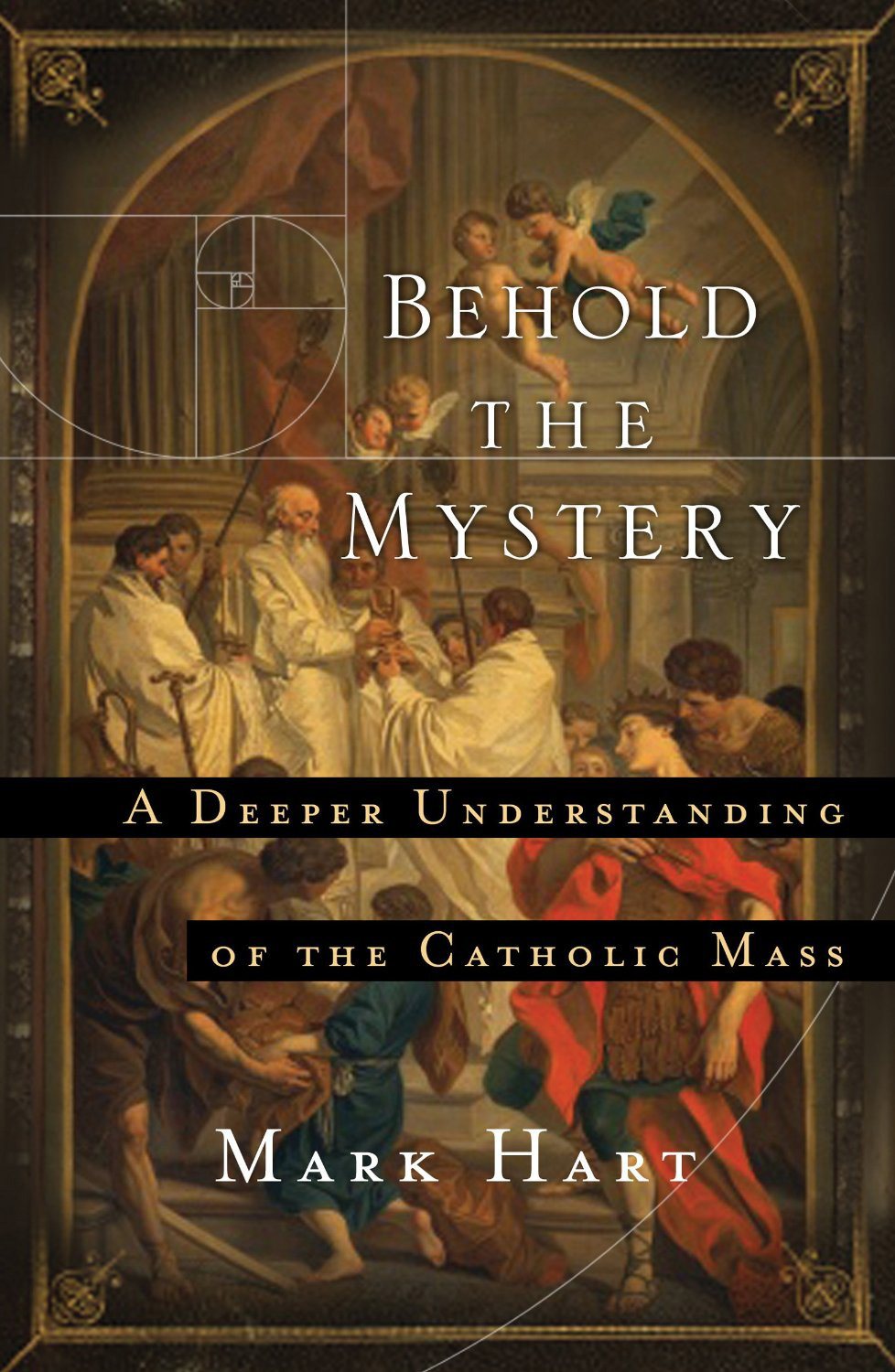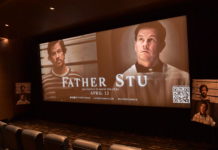Mark Hart of Life Teen wastes no time getting to the heart of the matter (yes, pun intended) in his new book, “Behold the Mystery: A Deeper Understanding of the Catholic Mass,” when he illustrates the lengths to which people will go to obtain something upon which they place great value — camping out for days for movie tickets, new products, lotteries, silly game shows, etc.

Any good, thinking Catholic knows, immediately, where Hart is heading and his point is everything — compare these things to the things that God gives us.
The first thing Hart does is set up the problem, illustrated in the question asked by his daughter, “Why is Mass so boring?” The answers are typical: the mistaken idea of not enough entertainment value, loss of mystery, fallen-away Catholics, churches converted into bicycle garages, and the after-Mass rush to get the best doughnuts.
Pity us.
The problem, however, is so much deeper than those of us in the modern Church who are lacking; it’s the entire “postmodern” world that is intentionally lacking. Those who read this monthly review know a little about postmodernism with its deliberate secularism (removing religious belief from the public square) and its insidious relativism in which all beliefs are the same, neither worse than nor better than any other beliefs. It’s not only that we lack a sense of mystery; it’s that the whole world tells us that there is no mystery, no absolute truth to cling to, and no real beliefs to hold, which I have quoted over and over again.
So now what is Mark Hart supposed to do for us?
He pushes forward, making the following mysterious things completely understandable to the non-theological: the sabbath, worship, tradition, the priesthood, true community, liturgy, wedding rings, God’s desire for intimacy, and understanding our role in the kingdom.[quote_box_left]

Behold the Mystery: A Deeper Understanding of the Catholic Mass
Publisher: The Word Among Us Press
Author: Mark Hart
Release date: March 1, 2014
Length: 186 pages
Price: $10.96
ISBN: 1593252285
Order: amazon.com
[/quote_box_left]
Hart tells the story of the boy who asked his vacation Bible school teacher (“catechist” for Catholics), why God needed to rest on the seventh day. The answer helps to illustrate the pap with which our children have been fed — “because He was tired after creating so much in such a short amount of time.”
If you are a catechist who has given such an answer, you might want to read Hart’s book or else reconsider your calling because it isn’t the correct answer.
The Sabbath is made for us — we need the rest!
Hart uses the image of a summit he once struggled to climb at 1,500 feet to suggest that the Mass is the peak of our worship. While I understand that the Mass is the source and summit of who we are as Christians, I don’t quite buy the 1,500 feet. I twice climbed a mountain at just over 12,000 feet (remember, if you’ve done it, it ain’t bragging) — that’s what liturgy is to us!
Traditions are a large part of the Roman Catholic worldview; it’s not that there was a completed religion and we found all the stuff to justify ourselves. Jesus said things, He did things, He handed the ball off to St. Peter — the only person whose name He actually changed — and history was forever altered. The Church grew out of those traditions, the community of believers told the stories, wrote them down, and the New Testament was born. Peter went to Rome carrying the direct authority of Christ and the Roman Catholic Church came into being. Had he gone to Iowa….
Hart wants the postmodern Catholic (an oxymoron if there ever was one) to understand the space, the physical elements, priestly vestments, sacramentals and symbols, our posture, and what I call poetic movement.
“Wholly holy,” Mark Hart calls the liturgy, a fine example of literary alliteration. The whole of the liturgy is greater than the sum of all its parts, but Hart still wants us to understand those individual parts.
That’s what makes this book work, the individual parts — eternally deepened mystery — served up with good, understandable
reasons.







